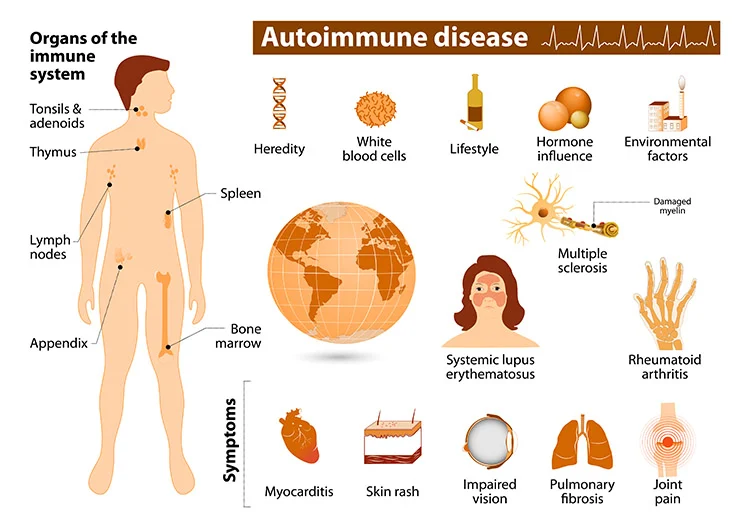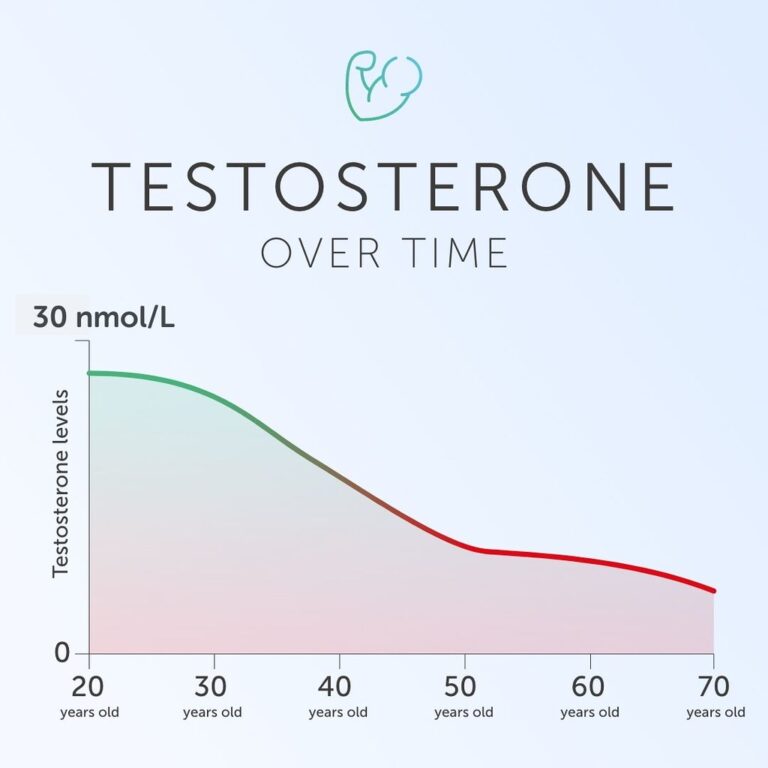 |
| Photo from britannica.com |
Rickets is a softening and weakening of the bones in children caused by a severe and sustained vitamin D deficiency. Rickets can also be caused by rare hereditary disorders.
Vitamin D aids in the absorption of calcium and phosphorus from diet by your child’s body. Lack of vitamin D makes maintaining correct calcium and phosphorus levels in bones challenging, which can lead to rickets.
In most cases, supplementing the diet with vitamin D or calcium corrects the bone abnormalities associated with rickets. When rickets is caused by another underlying medical condition, your kid may require additional medications or treatment. Some bone abnormalities induced by rickets may necessitate surgery to rectify.
Rare genetic illnesses caused by low amounts of phosphorus, the other mineral component of bone, may necessitate the use of additional drugs.
WHAT ARE THE SYMPTOMS OF RICKETS?
- Growth that is delayed
- Motor skills that are delayed
- Spinal, pelvic, and leg pain
- Muscle fatigue
- Rickets can cause skeletal abnormalities because it weakens the portions of growing tissue at the ends of a child’s bones (growth plates).
- Knock knees or bowed legs
- Wrists and ankles that have thickened
- Breastbone projection
WHAT ARE THE CAUSES OF RICKETS?
Vitamin D deficiency
- Sunlight: When your child’s skin is exposed to sunshine, it creates vitamin D. However, youngsters in developed countries spend less time outside. They’re also more likely to wear sunscreen, which prevents the UV rays that cause the skin to produce vitamin D.
- Food: Vitamin D is found in fish oil, egg yolks, and fatty fish such as salmon and mackerel. Some foods and beverages, such as milk, cereal, and some fruit juices, now contain vitamin D.
Absorption difficulties
- Celiac disease
- Inflammatory bowel disease
- Cystic fibrosis (CF)
- Kidney issues
WHAT ARE THE RISK FACTORS FOR RICKETS?
- Dark skin: Dark skin contains more melanin, which reduces the skin’s capacity to synthesize vitamin D from sunshine.
- Vitamin D deficiency in the mother during pregnancy: A baby born to a woman who is severely deficient in vitamin D may be born with rickets or develop it within a few months of birth.
- Northern latitudes: Children who live in areas with less sunlight are at a higher risk of developing rickets.
- Premature delivery: Babies delivered before their due dates have lower vitamin D levels because they have less time in the womb to obtain the vitamin from their moms.
- Medications: Certain anti-seizure drugs and antiretroviral medications used to treat HIV infections tend to impair the body’s ability to utilize vitamin D.
- Breast-feeding exclusively: Breast milk does not contain enough vitamin D to keep rickets at bay. Vitamin D drops should be given to exclusively breastfed babies.
WHAT ARE THE COMPLICATIONS OF RICKETS?
- Inability to grow
- A spine that is unusually curved
- Deformities of the bones
- Defects in the teeth
- Seizures
HOW IS RICKETS DIAGNOSED?
- Skull: Babies with rickets typically have softer skull bones and may experience a delay in the closure of soft areas (fontanels).
- Legs: While even healthy toddlers are a little bowlegged, rickets is characterized by an excessive bowing of the legs.
- Chest: Some children with rickets develop rib cage deformities, which can flatten and cause their breastbones to protrude.
- Ankles and wrists: Children with rickets may have bigger or thicker wrists and ankles than normal.
WHAT ARE THE TREATMENTS FOR RICKETS?
HOW CAN RICKETS BE PREVENTED?
- Formula for infants
- Cereal
- Bread
- Milk, but not milk-based items such as yogurt and cheese
- Orange juice



